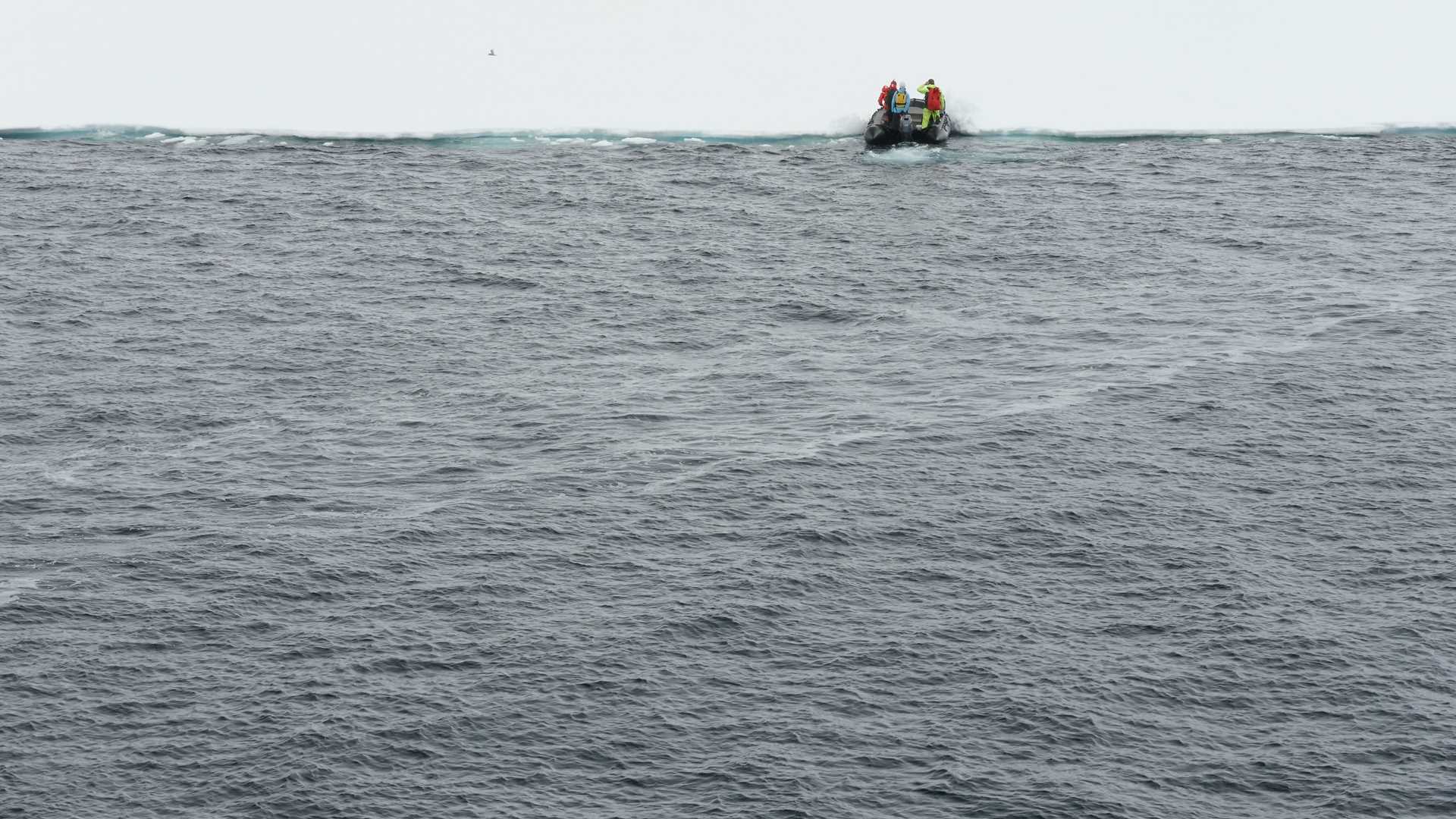Anticipation was palpable this morning as we looked out the window: our bow faced a bay filled with fast ice. After breakfast, we went out on deck to witness a small display of the ice-breaking prowess of National Geographic Resolution. Then, with the ship surrounded by ice, our crew set out the gangway, and we were able to walk from our vessel straight onto frozen ocean. The world class entertainment extended into the afternoon when we visited Pourquoi Pas Island, named for the vessel of the second expedition of Frenchman Jean-Baptiste Charcot. With an increasing chill in the air, a sky transitioning to low and thick clouds, and rapidly changing ice conditions near shore, we could finally appreciate that the Antarctic Peninsula is not always sunshine and barbecue weather. This did not deter us. We bundled up and spent hours delighting in Adelie penguins and their young, fluffy chicks. Today was a well-rounded day of Antarctic adventure bookended by fabulous meals!
2/20/2024
Read
National Geographic Resolution
Cape Horn and Beagle Channel
The huge distances we have covered on this journey meant that our last full day was spent almost completely at sea on our return leg from Antarctica. After a merciful lie-in, we crowded the decks as we sailed past Cape Horn, the majestic headland at the bottom tip of Hornos Island, the southernmost point of Tierra del Fuego and the entire South American continent. Despite its fearsome reputation, pleasant seas allowed for an enjoyable brunch before we plunged into our presentation schedule for the morning and afternoon. Naturalist Gail Ashton related her experience of living on the Antarctica continent for 18 months, Jonny Reid discussed marine mammal acoustics and the underwater soundscapes of this region, and Jess Farrer explained how the study of whale and seal poop can tell us so much about these animals. As we entered the Beagle Channel, the stunning mountains of Tierra del Fuego lined our passage to Ushuaia. Gathering in the Ice Lounge for the captain’s farewell party, we toasted a hugely enjoyable trip and the new friends we have made.







